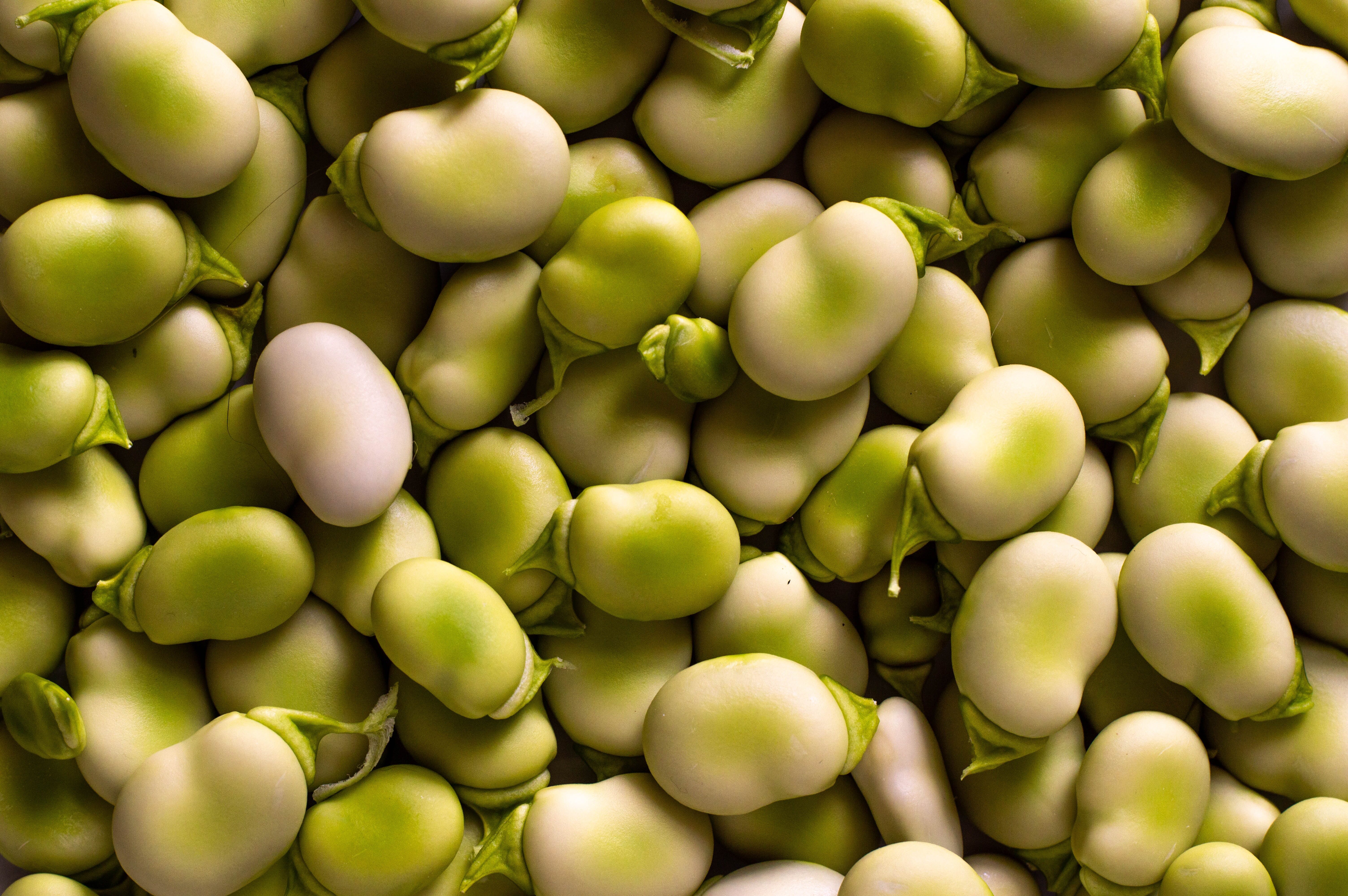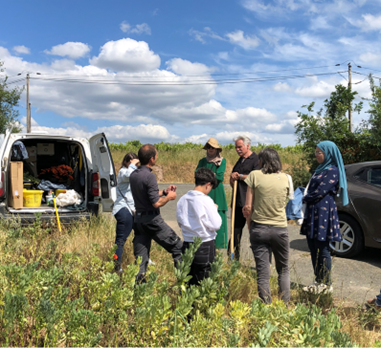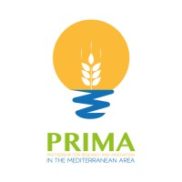A more Resilient Cereal-Cropping System with Legumes

This post is also available in:
This post is also available in:
![]() हिन्दी (Hindi)
हिन्दी (Hindi) ![]() Türkçe (Turkish)
Türkçe (Turkish) ![]() Ελληνικά (Greek)
Ελληνικά (Greek)
Faba beans and vetches local landraces are exploited from the DiVicia project to make the cereal-cropping system more resilient to climate change and support food security in the Mediterranean.
Agriculture is facing severe changes that should encourage farmers to make important choices for the cropping systems of tomorrow. Indeed, climate change, soil depletion, and the current economic crisis are real threats to yields, fertilizer provision, and the living conditions of the farmers, especially in the Mediterranean basin. There is an urgent need to adapt the cropping systems to ensure food and feed production, resilience, and sustainability of the farming systems.
Legume species are known for their symbiotic nitrogen fixation. They have been shown to play a critical role in low-input systems to enhance biotic interactions and benefit Cereal-cropping systems (CCSs) productivity and sustainability. Before the development of intensive agriculture, faba bean and common vetch were commonly grown in sole crops or mixtures within the Mediterranean CCSs, including wheat, rice, maize, and oat. From the 60s, and with the increasing use of mineral N fertilizers, faba bean cultivation drastically dropped in Southern Europe. It remained stable in North Africa (between 350 and 550 Mha) and in West Asian countries (around 50 Mha), but it is now apparent that there is a critical need for varieties and practices that are adapted to the increasing severity of heat, drought, and diseases. Vetches were also neglected with the change of land use. However, they exhibit high adaptability to grow where food legumes are not suitable and would have an increasing role for forage and feed as animal protein becomes scarcer and more expensive.
Therefore, diversifying CCSs with legume species is an important lever that is urgent to perform. For that, farmers need (i) references on the success and failures of existing experience of diversification with legumes in their area; (ii) low-cost tools that will help them assess the sustainability of their cropping systems, especially for soil quality, (iii) advice and tools to know how to introduce legumes in their cropping systems in their pedoclimatic and socio-economic context, and to know how to drive these new cropping systems; (iiii) varieties that are adapted to the current global change, especially drought and pests.
DiVicia will valorize traditional practices and local faba bean and vetch biodiversity to propose innovative adapted cropping systems. A participatory approach will ensure:
- the collection of tacit knowledge,
- the identification of traditional and current best agronomic practices on crop diversification with legumes, and
- the implementation of multilocation diagnoses of selected CCSs for sustainability assessment.
Meanwhile, an unprecedented collection of 300 faba beans and more than 280 vetch landraces has been gathered already. At the same time, these landraces are studied using high throughput phenotypic and molecular screenings to identify the varieties that are best adapted to intense drought and diseases. The screening will reveal which will be most useful for the diversification of CCSs throughout the Mediterranean basin. Both tacit and scientific knowledge will help conceive innovative legume-diversified rotations, including adapted legumes in a sole crop, inter-, and mix-cropping with optimal combinations of these strategies to obtain higher resilience and annual profitability.
Indeed, the project will develop optimal strategies to exploit crosses either between genetically diverse and phenotypically interesting faba bean and local vetch landraces or between regional landraces and elite cultivars/selected genotypes. DiVicia also aims at delivering tools to speed up the selection of varieties adapted to quick climate changes.
Predictive models will be built to encourage farmers of the Mediterranean basin to adopt crop diversification with faba bean and vetch and to help them drive their diversified cropping toward sustainability. These models will be calibrated from field experiments data collected in different Mediterranean countries to assess productivity, crop health, and impact on soil and water quality of diverse temporal and spatial insertions of legumes. A focus will be made on the relation between the composition and succession of crop communities and practices and soil properties, mainly thanks to two tools adapted to Mediterranean contexts that indicate soil biological functioning. These are the “nodular diagnosis” for assessing nitrogen symbiosis efficiency and the standardized litter-bag method (LEVAbag method) to assess the degradability of organic matter in the field. The models will predict the quality of organic matter and nutrient availability and will analyze C and N cycles as a function of practices and environmental conditions. They will thus help farmers and advisers identify practices suitable for soil conservation and improving fertility and water-holding capacity.

DiVicia will also provide a bio-economic model at the farm scale, based on environmental and socio-economic datasets of the Mediterranean. It will assess the impacts of biodiversity-based CCSs (with faba bean and vetch) and selected measures on the farm’s gross margin and costs. It can take into account scenarios driven by policy options. The principal outputs generated from this model for a specific policy area production, input use, farm income, and environmental externalities.
Finally, the DiVicia project will encourage the participation and expression of female farmers in meetings, interviews, surveys, and participatory activities with the hypothesis that women sensitivity to sustainability and food quality will play a vital role in the development of legume-based diversification of the CCS.









































































